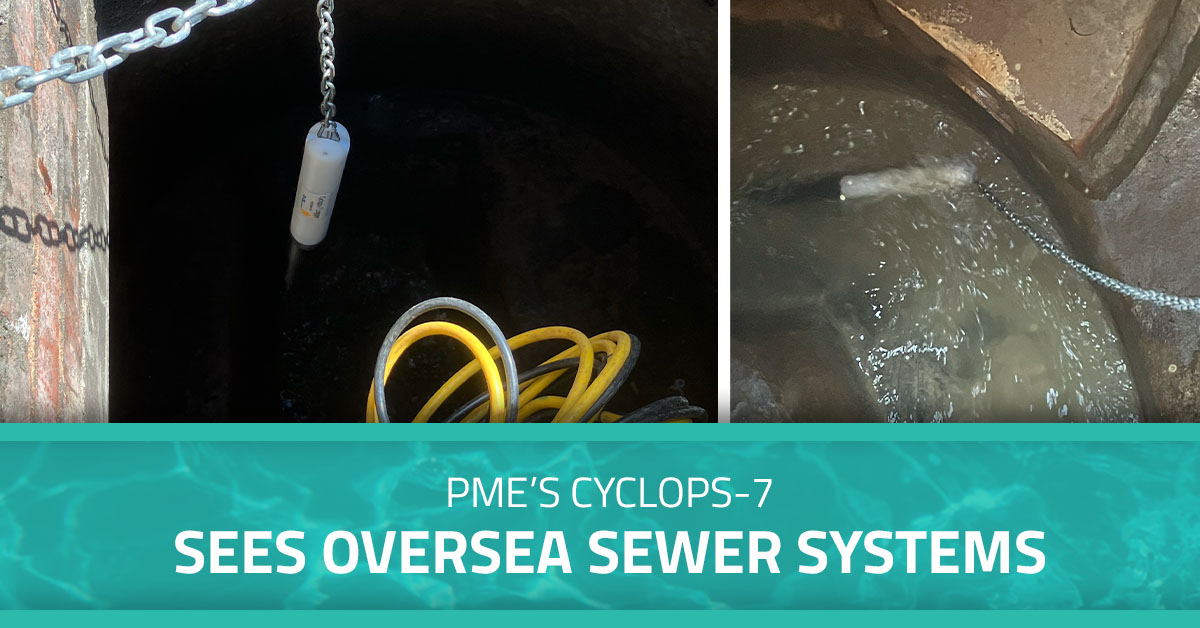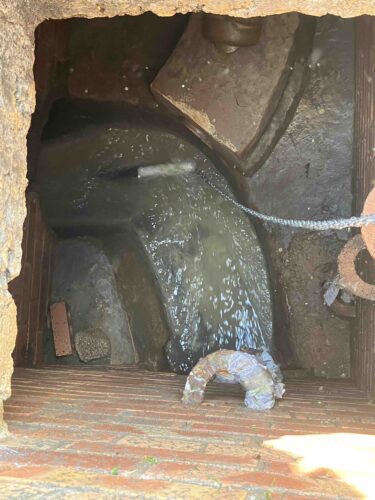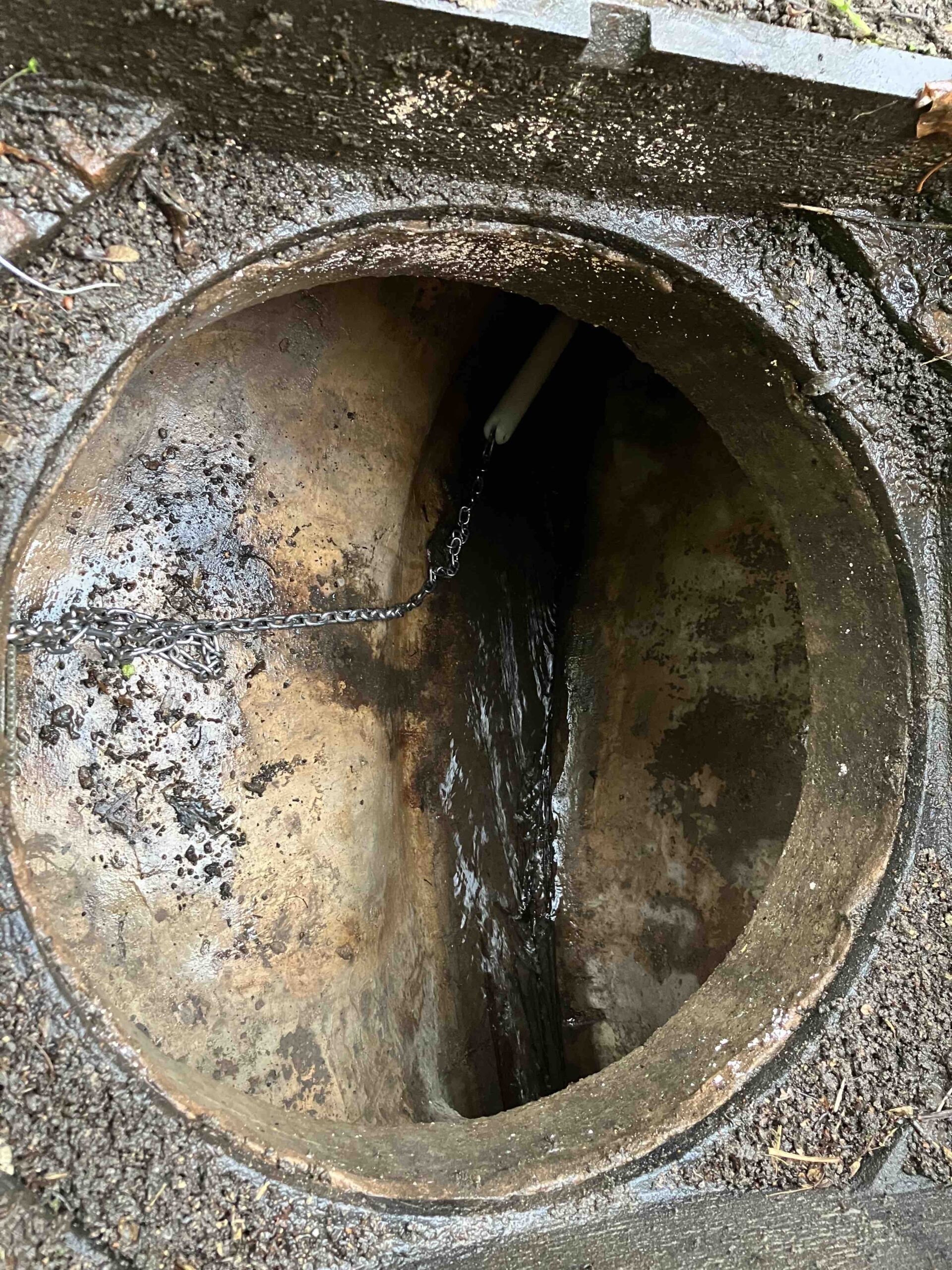
miniDOT® Logger Dives Down in Lake Anza
January 16, 2024
PME miniDOT® Logger Facilitates Major Findings in Small System
June 14, 2024PME’s Cyclops-7 Sees Oversea Sewer Systems
Project Details
- PRODUCT(S): Cyclops-7 Logger
- APPLICATION: Wastewater, Dye Tracing
- PARAMETER: Rhodamine
- LOCATION: The United Kingdom
- ORGANIZATION: University of Sheffield
- RECOGNITION: Ian Guymer, Ph.D.

Case Study Description
 Tea versus coffee, biscuits or cookies; when it comes to the differences between Americans and the British, one can surely add wastewater systems to the list. In most of the United States, industrial and municipal waste streams are kept separate for the duration of their respective treatment processes, but throughout the United Kingdom, these streams are often combined before final treatment. This mixing frequently takes place in Victorian-era sewers, which may struggle to contain their contents during periods of heightened rainfall. When these systems become overwhelmed, the ensuing combined sewer overflow (CSO) event can result in an environmental discharge of untreated, albeit diluted, wastewater. Because CSOs pose significant risks to public and ecological health and safety, researchers like Dr. Ian Guymer at the University of Sheffield, UK, have been taking a look under the hood – or bonnet – of combined sewer systems.
Tea versus coffee, biscuits or cookies; when it comes to the differences between Americans and the British, one can surely add wastewater systems to the list. In most of the United States, industrial and municipal waste streams are kept separate for the duration of their respective treatment processes, but throughout the United Kingdom, these streams are often combined before final treatment. This mixing frequently takes place in Victorian-era sewers, which may struggle to contain their contents during periods of heightened rainfall. When these systems become overwhelmed, the ensuing combined sewer overflow (CSO) event can result in an environmental discharge of untreated, albeit diluted, wastewater. Because CSOs pose significant risks to public and ecological health and safety, researchers like Dr. Ian Guymer at the University of Sheffield, UK, have been taking a look under the hood – or bonnet – of combined sewer systems.

Dye Tracing Sheds Light on Mixing
Like most emergencies or accidents, the best CSO events are the ones that never occur. Due to the prevalence of combined sewer systems in the UK, current preventative interventions and response efforts require a strategic approach based on urgency. Dye tracing experiments utilize fluorescent substances to make otherwise invisible or inaccessible flows observable and quantifiable. To ensure tracing success, researchers must consider the characteristics of the fluid(s) they wish to observe. A hardier iteration of its predecessor, fluorescein, rhodamine emits a bright red glow when excited by green light in water. Rhodamine’s pH tolerance also makes it ideal for flow modeling in acidic settings like wastewater systems. By injecting rhodamine dye into UK sewer systems at select access points, Dr. Guymer and his colleagues could observe its movements to better understand the complex hydraulics of combined systems.
Methods & Observations
Armed with 17 PME Cyclops-7 Loggers, Dr. Guymer and his team spent 23 days between 2021 and 2022 conducting nearly 200 dye traces. Traces took place across four UK cities where, aided by local authorities, manhole covers were removed for logger deployment. Their initial installation approach involved securing the logger(s) at a fixed point, but Dr. Guymer and his team found this encouraged obfuscating debris to build up. Subsequent deployments consisted of attaching a PME Cyclops-7 logger to a secured chain. This configuration ensured the logger posed less of an obstacle while also promoting continuous monitoring. The logger and the weight of the chain ensured that it rested horizontally on the pipe, invert as water levels ebbed or flowed. The Cyclops-7 would record data every five seconds for the duration of its otherwise brief deployment.
From these traces, Dr. Guymer and his team developed more than 100 dye concentration profiles to calculate the residence time distribution (RTD) of wastewater within combined sewers. By monitoring dye concentration and velocity, RTD reveals the nuances of mixing dynamics which can be used to inform source localization. Source localization extrapolates upstream characteristics from downstream measurements; with such insights, cities might prioritize CSO mitigation tactics based on potential event severity. While source localization has previously relied on costly long-term monitoring, Dr. Guymer’s experiments demonstrate a cost-effective and accurate method for empirically validating mixing behaviors in combined systems. Mere meters below the pavement, these findings might pave the way for eliminating CSO discharge events in the UK.
Product Description
PME’s Interchangeable Cyclops-7 Logger is a completely submersible instrument compatible with Turner Designs Cyclops-7 sensors. With supported measurements including chlorophyll, rhodamine, fluorescein, phycocyanin optics (blue-green algae freshwater), phycoerythrin, CDOM/FDOM, tryptophan, turbidity, crude oil, optical brighteners and red excitation chlorophyll the Cyclops-7 offers users maximum flexibility in measurement capabilities. User-determined sample intervals collect and record water quality data internally. Data is transferrable via a standard USB cable, and upon connection, the logger will automatically adjust for sensor gain based on measurement conditions.

